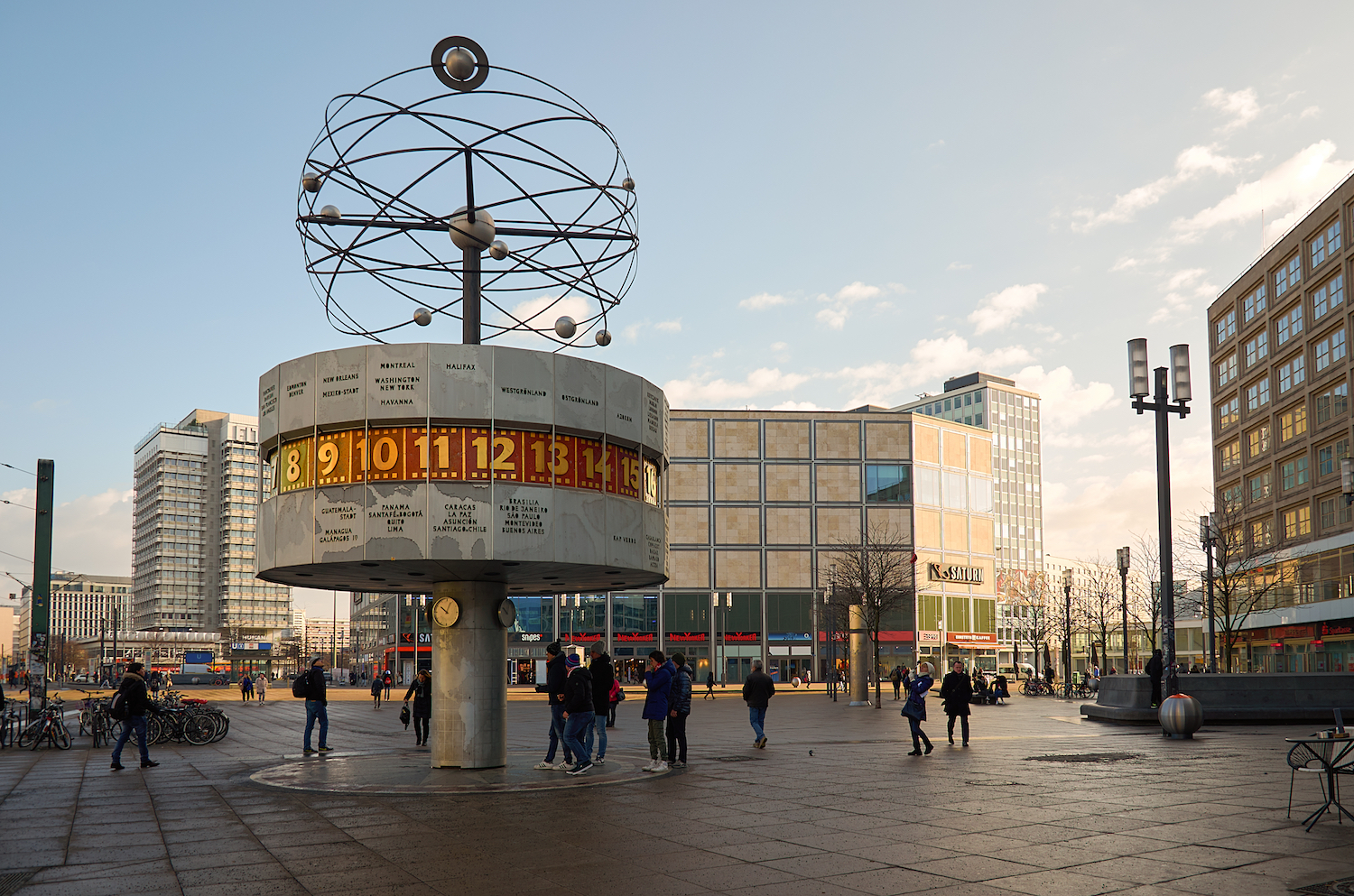What is UTC?
Coordinated Universal Time (UTC) keeps the world ticking over across various time zones.

UTC stands for Coordinated Universal Time.
It is a standard used to establish time zones worldwide. For example, New York City is in the UTC-5 time zone, which means the time in NYC is five hours behind UTC (except during U.S. daylight savings, when it is four hours behind).
The concept of universal time emerged in the late 1800s when railroads and shipping routes connected the world, necessitating standard timetables for coordinating economic activities. Prior to this, each location set its own time based on local clocks, leading to discrepancies of seconds or even minutes between places— a frustrating problem if you were running late and unsure whether you'd catch your train.
Related: Does the moon need its own time zone? We may need to decide soon
The history of UTC
In 1884, members met at the International Meridian Conference in Washington, D.C., to discuss a way to synchronize clocks around the globe. Lines of latitude, which run east to west around our planet, had always been measured from the equator. But there was no universally agreed-upon equivalent for lines of longitude, which run north to south. At the conference, 41 delegates from 25 countries chose to set the prime meridian — the zero point for longitude lines — as passing through Greenwich, England, according to TheGreenwichMeridian.org. The time standard against which clocks were set then became known as Greenwich Mean Time (GMT).
But by the middle of the 20th century, the new technology of the atomic clock, which can measure time with incredible accuracy, was showing that the Earth's rotation actually varied slightly from day to day. Earthquakes, melting ice sheets and natural oscillations in our planet's motion can cause changes of a few fractions of a second in the amount of time it takes the Earth to spin on its axis, according to NASA.
In 1967, a committee at the United Nations officially adopted UTC as a standard that's more accurate than GMT for setting clocks. UTC incorporates measurements of the Earth's rotation as well as averaged readings from around 400 atomic clocks around the world.
Breaking space news, the latest updates on rocket launches, skywatching events and more!
Why is it called UTC?
You might be wondering why UTC is the abbreviation for Coordinated Universal Time. The acronym came about as a compromise between English and French speakers: Coordinated Universal Time would normally be abbreviated as CUT, and the French name, Temps Universel Coordonné, would be TUC.
The U.S. Army, which divides up the Earth into time zones named after letters of the alphabet, refers to UTC as Zulu time since it falls in the Z time zone, and Zulu is the code word for that letter in the International Radiotelephony Spelling Alphabet.
Additional resources
You can find out what the time difference is between UTC and your time zone using this chart from NOAA's National Hurricane Center. Time gets even more complicated when you venture into space, read about how NASA keeps tabs on spacecraft mission time.

Adam Mann is a journalist specializing in astronomy and physics stories. His work has appeared in the New York Times, New Yorker, Wall Street Journal, Wired, Nature, Science, and many other places. He lives in Oakland, California, where he enjoys riding his bike. Follow him on Twitter @adamspacemann or visit his website at https://www.adamspacemann.com/.
